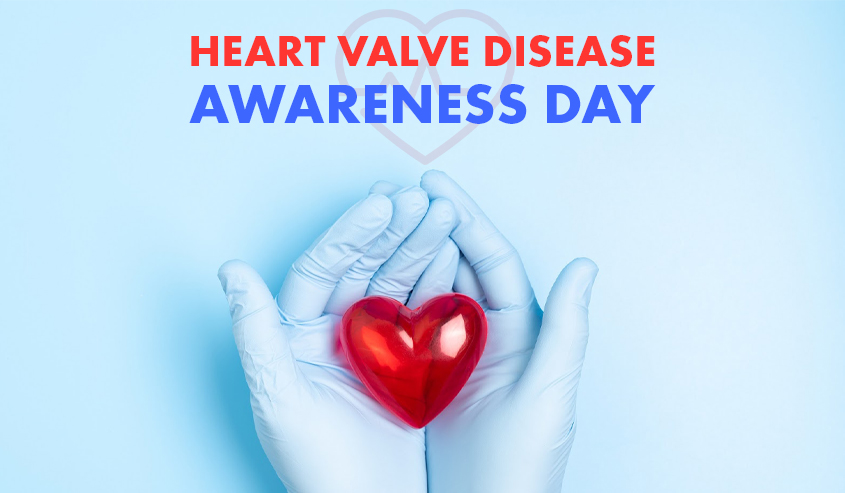
The month of February is all about your heart and keeping it healthy. For instance, it’s American Heart Month while the 7th through the 14th is Congenital Heart Defects Awareness Week as well as National Cardiac Rehabilitation Week. However, did you know that the 22nd is not only George Washington’s birthday, it’s also Heart Valve Disease Awareness Day? Interestingly enough, over 11 million Americans suffer with HVD yet 75% of all Americans know little if anything about it.
The goal of this day is to increase recognition and raise awareness of heart valve disease as well as the risks and symptoms of it. By improving detection, diagnosis, and treatment, it will ultimately save many lives. Heart valve disease or HVD is not only disabling, it can be deadly. Thankfully, available treatments are saving lives which make awareness and education extremely important. On February 22nd and throughout the year, the campaign’s many partners are disseminating information about HVD.
Diagnosis of Heart Valve Disease
If your physician suspects that there is an issue with your heart or your heart valves, he or she will do a physical exam and evaluate your symptoms. In most cases, they will listen for a murmur, a clear indication that a valve condition exists. As a result, they may order several diagnostic tests for you, a couple of which are invasive while the others aren’t. It is important to get the tests and examination done in time so that the treatment can start. The non-invasive tests include:
- Cardiac MRI – magnetic fields along with radio waves are used to create highly detailed images of the heart. The test can be used to assess the function and size of the two lower chambers of the heart. It helps to diagnose the level of intensity of the ailment.
- Chest X-ray – this can help your doctor determine if you have an enlarged heart which is an indicator of heart valve disease. X-rays also help doctors see the position and shape of the heart as well as the condition of a person’s lungs.
- ECG (electrocardiogram) – the heart’s electrical impulses are measured by electrodes that are attached to pads that have been placed on your skin.
- Echocardiogram – in this test a wand-like device directs sound waves at your heart and produces images of it as it functions. An echocardiogram assesses how the blood is flowing through your heart, your heart’s structure, and its valves.
If you need testing done visit https://vitalimg.com/echocardiogram/ to see if this diagnostic imaging is right for you.
